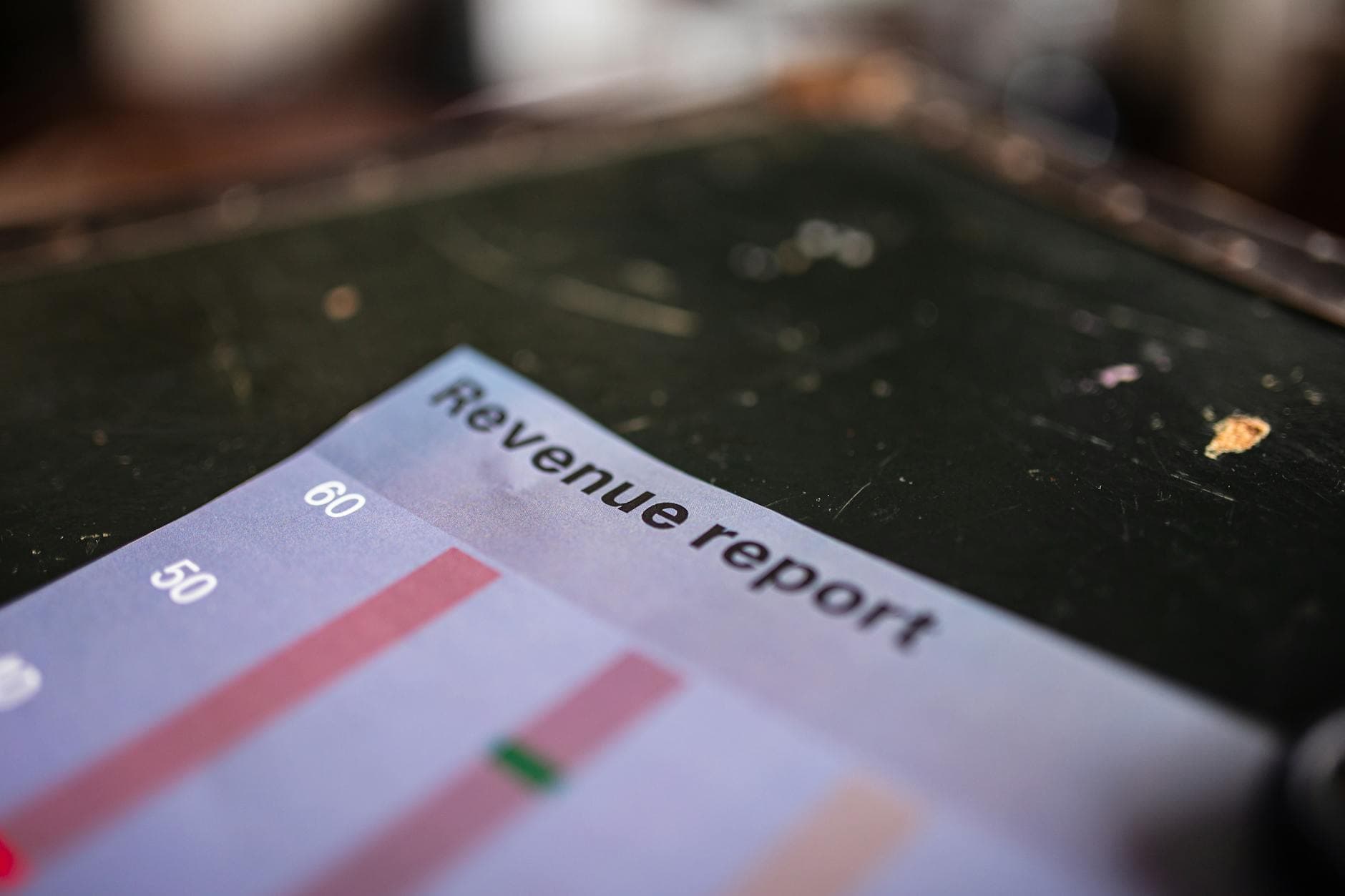SaaS Review Analysis: Identifying Key Feature Requests

For SaaS companies, product development is a race against relentless competition and ever-evolving user expectations. The market rewards those who anticipate needs with intuitive capabilities and punishes those slow to adapt. Yet, deciphering what customers truly want is not always straightforward. Product teams often rely on support tickets, sales feedback, and periodic surveys. These channels offer value but tend to either reflect the loudest voices or suffer from limited scope. In the pursuit of sharper insights, SaaS businesses are turning to a gold mine that often sits untapped: their own public review data.
Software review platforms like G2, Capterra, and TrustRadius have become influential in shaping purchasing decisions and competitive perceptions. They are also treasure troves of user sentiment and feature requests, aggregating thousands of candid experiences across use cases, industries, and company sizes. Unlocking actionable intelligence from this data is more nuanced than scanning for star ratings. The true value lies in mining reviews for recurring, specific requests , those moments when users articulate what they wish the product could do, or which pain points remain stubbornly unresolved.
In the past, mining review data for product guidance required herculean manual effort. Product managers or analysts might painstakingly read each review to maintain an ad hoc spreadsheet of pros, cons, and desired features. The process was laborious and often suffered from human bottlenecks, selective attention, and anecdotal interpretation. Today, however, advances in natural language processing and sentiment analysis enable companies to systematically analyze thousands of reviews, clustering feedback into actionable insights. The key is not merely to catalog issues, but to identify patterns , unmet needs shared by a meaningful subset of the user base, signaling where enhancements would be most impactful.
Consider a real-world scenario: a B2B SaaS tool in the project management space. Glancing at aggregate review scores, a product manager might see a healthy mix of fours and fives. Digging into the open-ended comments, however, reveals a repeating motif: users frequently wish for deeper integrations with their workplace chat application, or more robust reporting options. This granular feedback, repeated across companies and roles, suggests high demand for these enhancements. Should these gaps persist, users may seek alternate solutions, and the product risks losing its competitive edge.
Analyzing at scale brings patterns into greater relief. When hundreds of reviews flag the lack of a mobile app, or call for more granular access controls, the case for roadmap prioritization becomes quantifiable. More sophisticated analysis captures not only frequency , how often a feature is requested , but also intensity and context. Are reviewers diplomatically suggesting a nice-to-have, or are they signaling deal-breaker frustrations? Are certain requests correlated with lower satisfaction scores, or prominent among long-time, high-value users? With the right analytical approach, companies can triangulate what users want, how strongly they desire it, and which personas are raising the request.
This method of listening at scale is especially crucial as SaaS businesses mature. For early-stage companies, user feedback is often sourced informally, with founders able to speak to customers directly. Growth, however, brings both scale and distance. Hundreds or thousands of users, spanning sectors and regions, make it impossible to capture the full range of needs via personal outreach alone. Reviews, coming from motivated users who care enough to weigh in, bridge this gap by providing honest, unsolicited input.
Leveraging review data also enables companies to look beyond their own backyard. Competitive review analysis is a potent tool for surfacing market opportunities. By tracking what users praise and lament in rival products, SaaS providers can identify gaps in the market , features that lacking across tools, pain points that no player has yet elegantly solved. These insights can spur innovation, guiding teams to differentiate their offerings and preemptively address issues before they affect their own user base.
Still, this approach is not without challenges. Reviews, like any data source, harbor biases. Some users are more likely to leave reviews when they are dissatisfied, while power-users , those who push products to the limit and crave advanced features , may be overrepresented in feedback. The language of reviews is messy, prone to ambiguity, corporate jargon, and even sarcasm. Effective analysis demands sophisticated parsing, contextual understanding, and a willingness to validate patterns through other channels.
Moreover, acting on review-driven insights requires discernment. Volume and passion alone are not always a mandate to build. Feature requests must be scrutinized for strategic fit, technical feasibility, and alignment with the broader product vision. There are risks to chasing every vocal request, sapping development resources and diluting a SaaS platform's core strengths. Teams must balance responsiveness with focus, using review data as one north star among several.
Yet, when executed thoughtfully, review analysis transforms user voices into a map for customer-centric innovation. Real-world examples abound: an expense management SaaS expanded multi-currency support after review volumes reached a critical mass, leading to a spike in international adoption. Another vendor uncovered recurrent complaints about clunky onboarding, investing in a self-serve setup wizard that measurably boosted conversion. In both cases, the opportunity was hiding in plain sight, visible to any team willing to read between the lines of user feedback.
The lessons for SaaS companies are clear. First, treat review data as a critical input , not just a marketing metric. Let patterns of feature requests inform, rather than dictate, product development priorities. Invest in the analytical capacity to move past anecdotal takes toward meaningful, scalable insights. Above all, embrace humility: user perspectives, expressed in their own words, often reveal what internal roadmaps and assumptions can miss.
In an industry where agility is a survival trait and customer loyalty is earned through continuous improvement, listening at scale is not just good hygiene; it is an advantage. By systematically leveraging review data, SaaS providers can close the gap between what their product does and what their users wish it could do. In the rush to build new features, it pays to let customers point the way.


